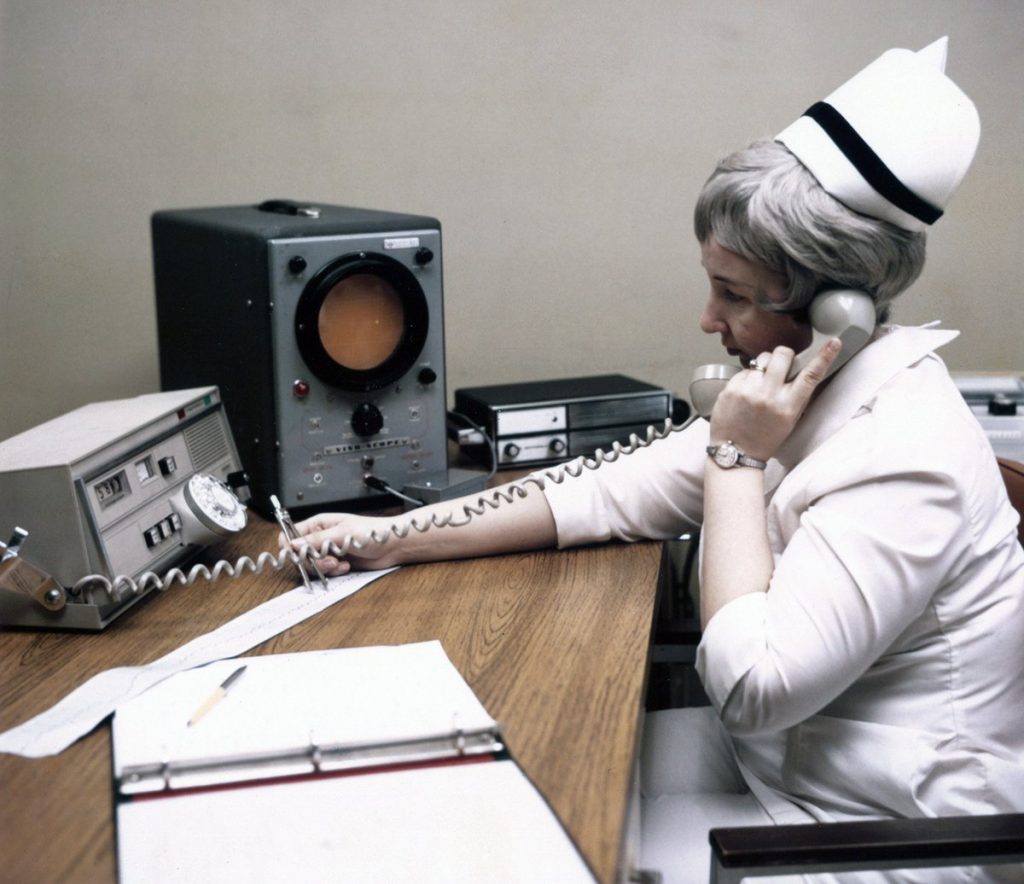Hospital Emergency Administrative Radio (HEAR)
Published (updated: ).


The potential of mass disasters on U.S. soil is not new. While most of us think of earthquakes, chemical spills, severe weather, and major accidents, we also have long been considering the potential effects of foreign invaders, and more recently the potential of terrorists from within. Many people today don’t remember the cold war but the potential of conflict with Russia was the catalyst for developing improved emergency medical response procedures back in the late sixties and early seventies. Concern for critical infrastructure failure such as the telephone network or the power grid never crossed our minds and we certainly had no concern for failure of the cellular phone network, the Internet, or satellite communications. They hadn’t been invented yet!
The concerns of the sixties were much less complex. The number one emergency medical services problem in the sixties was traffic deaths in rural areas. If a patient were injured in a rural area, the chances for survival were not too good whether traffic related or otherwise. The Hospital Emergency Administrative Radio (HEAR.) system was developed primarily to address the need to reduce fatalities in rural America.
Planners in the late sixties also recognized the value of VHF wireless radio communications as a backup and/or supplement to traditional forms of communications, in particular as they related to emergency health care. It was from this recognition of this need that an integrated hospital and emergency vehicle communications evolved.
The original function of HEAR. was to provide a rapid and efficient means for an ambulance to transport a patient as quickly as possible to the nearest medical facility capable of providing treatment promptly. This required a link between the ambulance and the hospital as well as a link between hospitals via VHF radio. Two frequencies were used – 155.340 primarily for vehicle to hospital communications, and 155.280 for hospital to hospital communications. A radio station was set up in the Emergency Room of each hospital capable of providing trauma care with a control console for use by ER personnel. All hospitals use the same two frequencies which could cause potential noise pollution in the ER.
